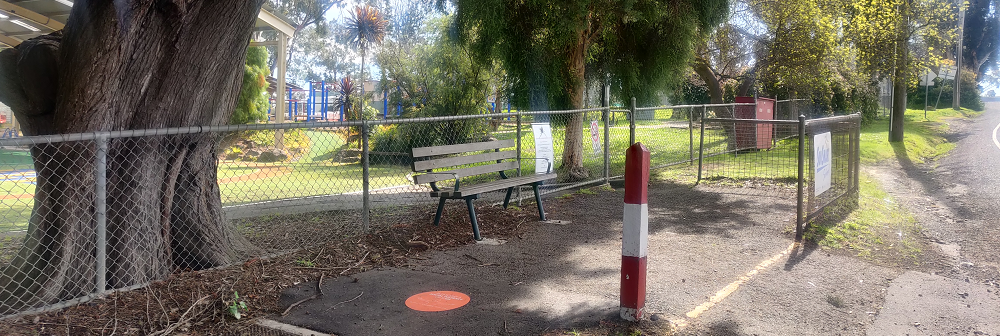
Disability
It’s important that we recognise the difficulties faced by people with disabilities in travelling around our local area and using local facilities. In particular, the hilly terrain, the lack of footpaths and the lack of public transport pose significant challenges in Nillumbik. It is up to Council to properly consult with and support people living with disabilities in Nillumbik to properly address these problems.
Disability can come in many forms including physical disabilities, intellectual disabilities, acquired brain injuries, hearing and vision impairments, mental illness, autism spectrum disorder and fatigue. Some disabilities are invisible, meaning they’re not immediately apparent to other people and yet still need to be taken into account. Council must engage people with a broad range of disabilities to ensure maximum accessibility in our community.
There are many forms of disability and Council must consult with and support people with a wide variety of disabilities.
I’ve heard from residents that Nillumbik Council feels blind to accessibility. In comparison, Banyule has a range of services to give people with disabilities the same opportunities to participate in community life and activities as everyone else. Among other things, this includes having a list of all abilities sporting clubs on their website, a guide to planning sensory-friendly events and a Disability Services Network.
Nillumbik needs to look to other councils such as Banyule to identify areas where our disability plan can be improved.
To better support people with disabilities, a number of key actions that Council can take include:
- Improving footpaths and crossings around the shire.
- Creating easier access to transport support services, especially for people living in rural areas who are unable to drive due to disability.
- Making improvements to public transport infrastructure such as the ramps at Eltham Station, which pose difficulties for people with mobility issues as they travel between the bus stop and the platforms.
- Installing more benches along walking paths so as seniors and people experiencing fatigue can stop to rest if they need to.
- Working hard to raise awareness within the community to reduce discrimination and stigma.
- Considering accessibility when communicating opportunities for people living with disabilities in Nillumbik. This includes using larger text and banners in Council publications to make the message stand out.
